For best outputs and usage:
Sampler: DPM++ 2M Karras.
Steps: around 30, cfg 4 ~ 7, CLIP skip 2.
VAE: none required.
Adetailer may be required for human faces, 0.45 weight.
Pos prompt: not a trigger, but start your pos with "cinematic film still" to help the model understand you want it full cinematic. More cinematic keywords may help as well, like for instance "shallow depth of field, vignette, highly detailed, high budget, bokeh, cinemascope, moody, epic, gorgeous, film grain, grainy". The model also doesn't usually need big weights; in fact, too many big weights may get to mess it. Use them carefully.
Neg: too long to be pasted here, feel free to use my example runs', but always make sure to include the embedding "BeyondBetaSDXLv4" for even more realism (included in all my example runs).
The LoRa's: this model comes with 3 special cinematic oriented LoRa's to enhance the model's cinematic style:
Cinematic_Engine: enhances the cinematic vibe to a very visual pleasing level. Play with it with a weight between 0.1 to 0.6 (not recommended beyond, average 0.3 weight is good).
Cinematic_Photography: enhances the model's native photorealism to a cinematic level. Average weight is 0.3, not recommendable beyond 0.5
Cinematic_Shadows: creates a cinematic lights & shadows play, creating shadows, luminous spots and contrast, with a strong cinematic look. Average is 0.1 for daytime, to 0.6. From 0.6 to 0.9 for strong dim light outputs (very dark nights, candle lights, ect).
Note about the LoRa's: also, the built-in detail LoRa can come handy. Usually a weight between 0.3 ~ 0.6 may give some bit of extra details, specially in complex compositions.
Note about the resolutions: this model stands up to 1920 x 1080, being great to create, for example, wonderful wallpapers. However, this resolution may sometimes create twins / duplicated characters and some rare times, strange deformities on characters / floating limbs, faces, ect. In order two prevent this, you may switch back to the classical 1024 x 768 resolution, or try prompting ("twins" in the neg, "solo" in the pos, for example) / seed changing.
Note about movies knowledge: this model knows most actors / characters, specially if you name actors and movies (for example, "Harrison Ford as Indiana Jones, Indiana Jones movie"), although sometimes the output may be innacurate. To fix this, you can either try with prompting (for example, "innacurate character depiction" in the neg) or try with LoRa's to finally output an accurate depiction.
Checkpoint Merge.
.webp)
.webp)
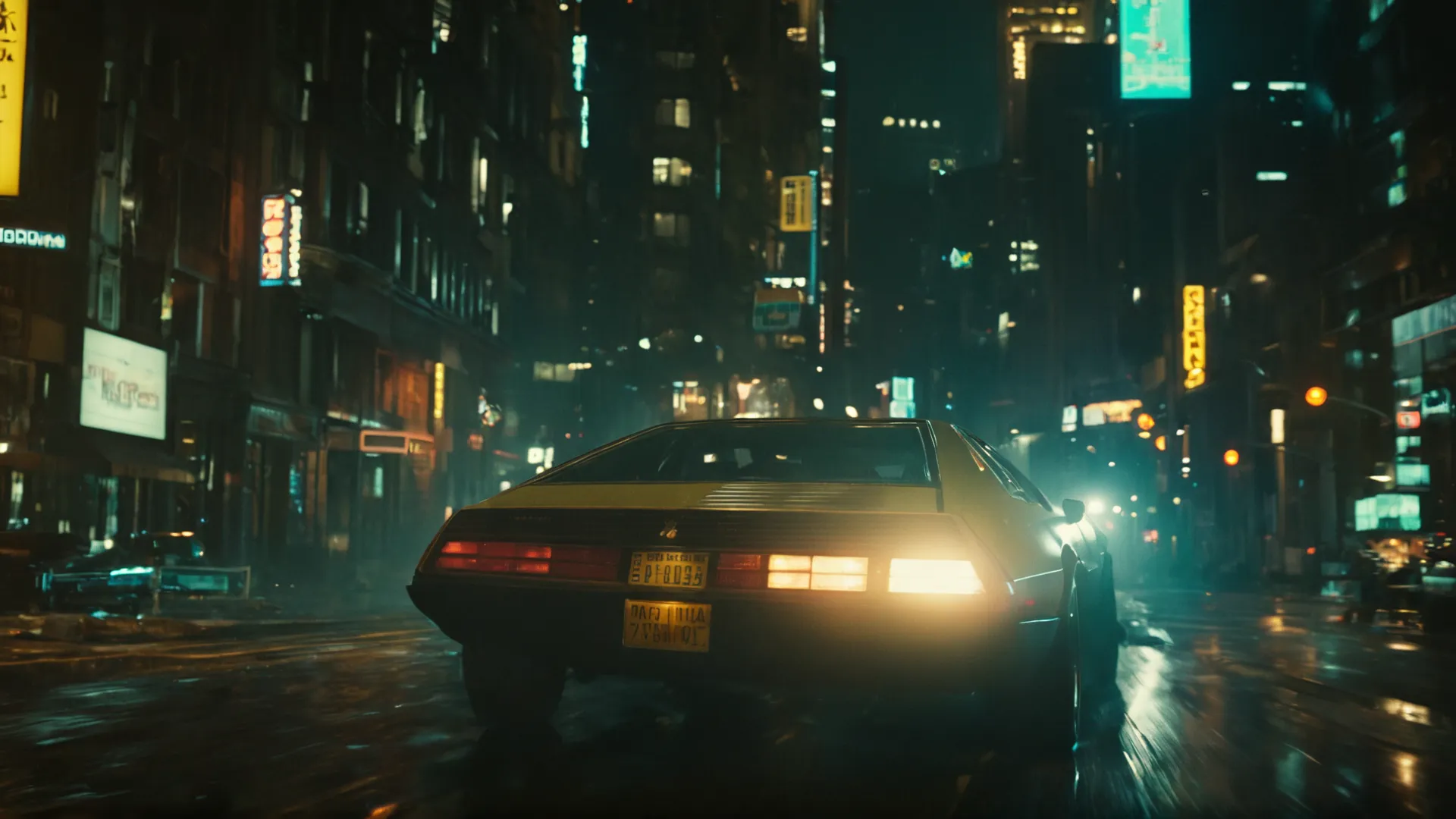
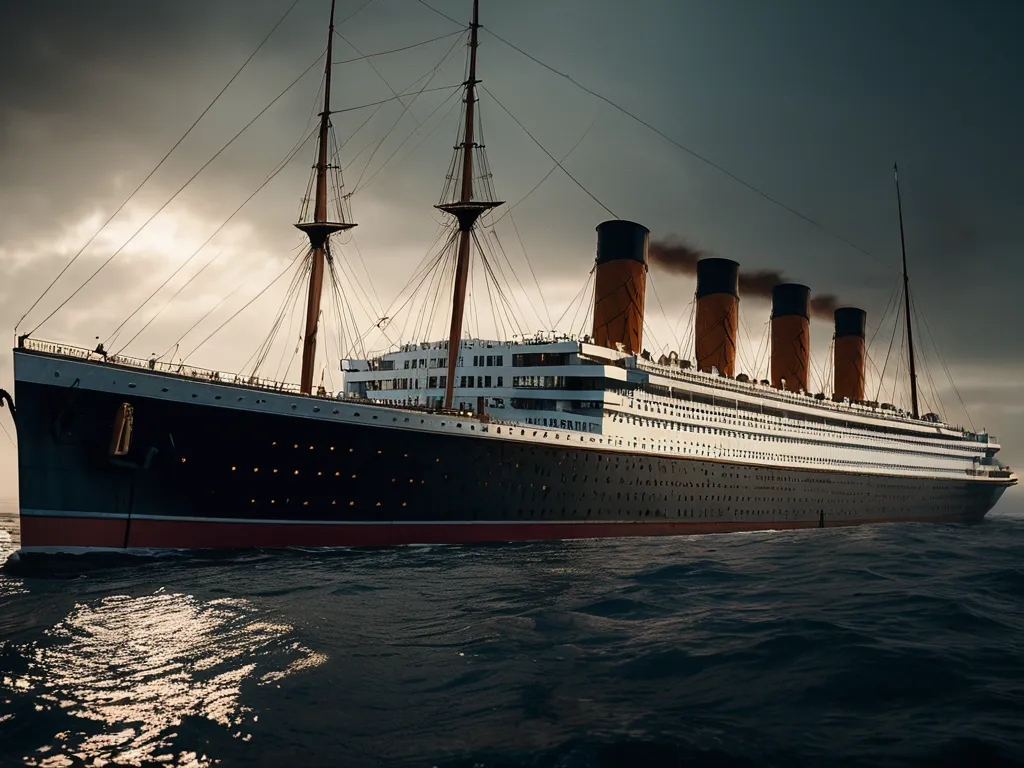
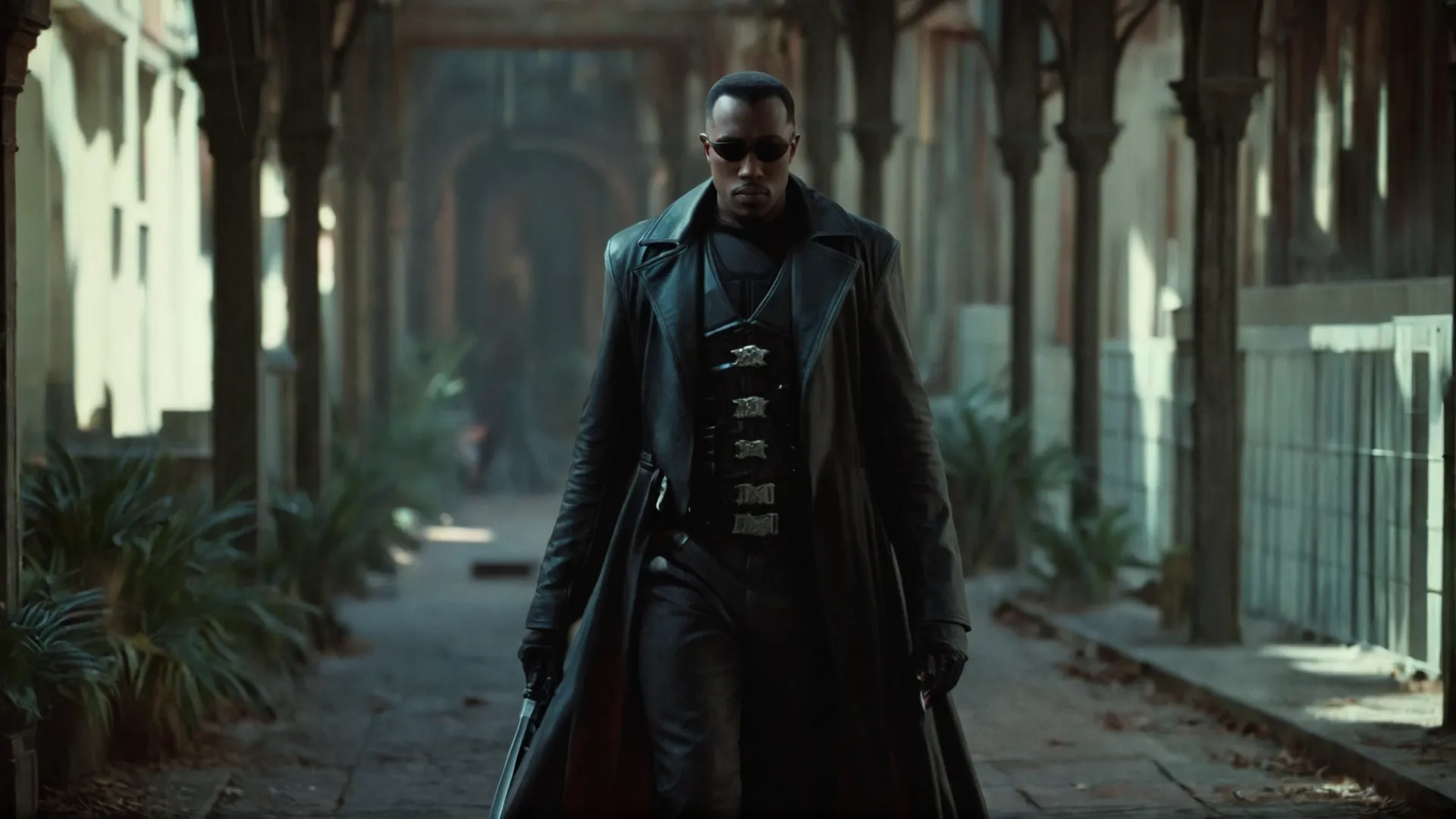
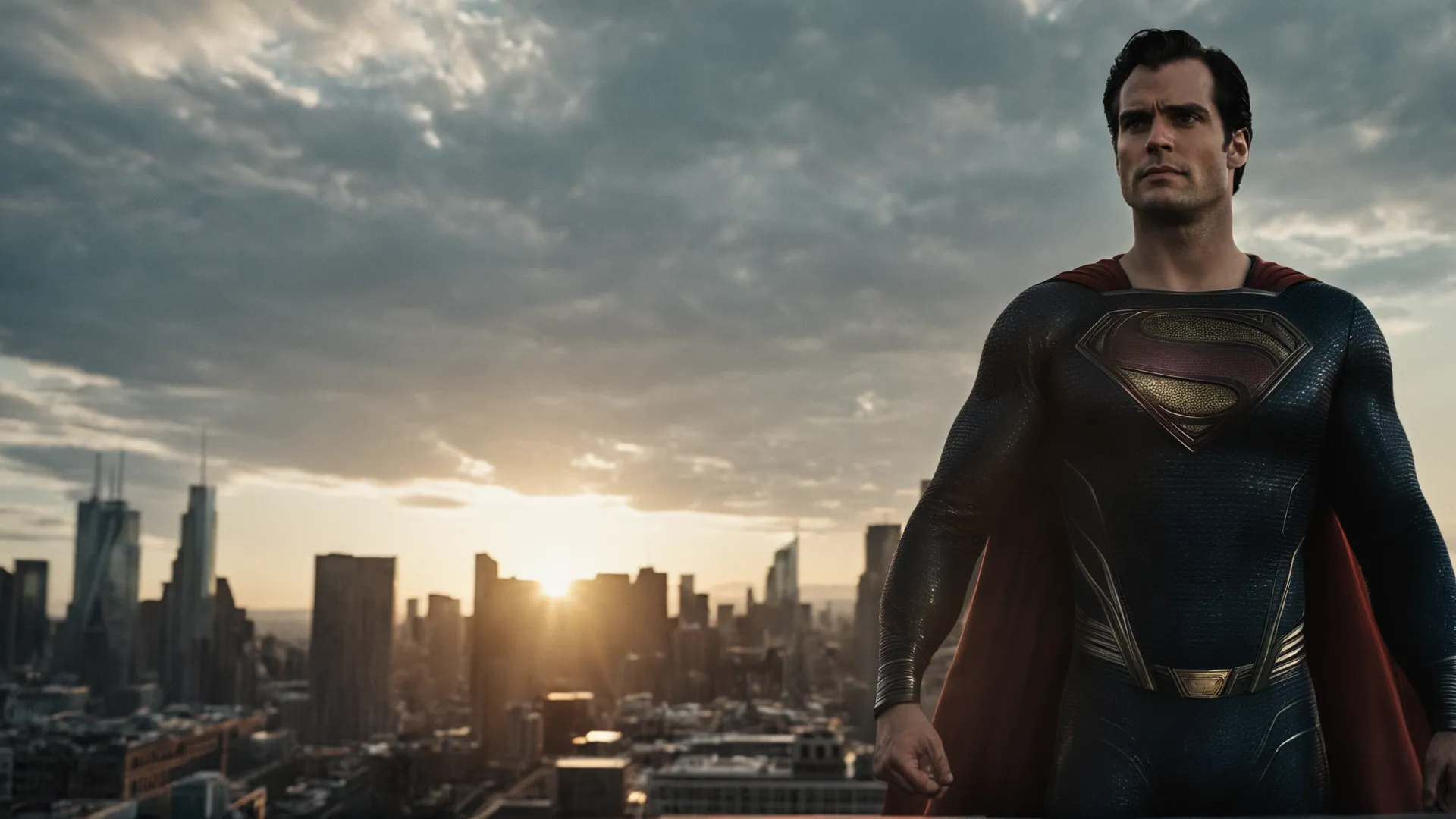
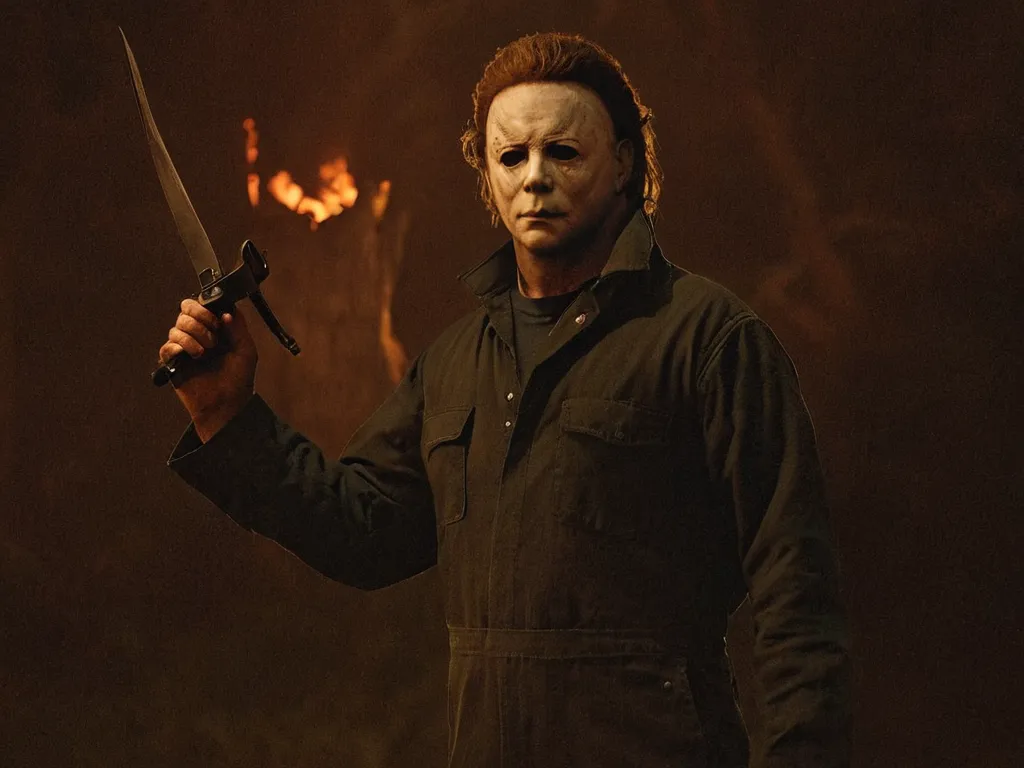

.webp)
.webp)
.webp)
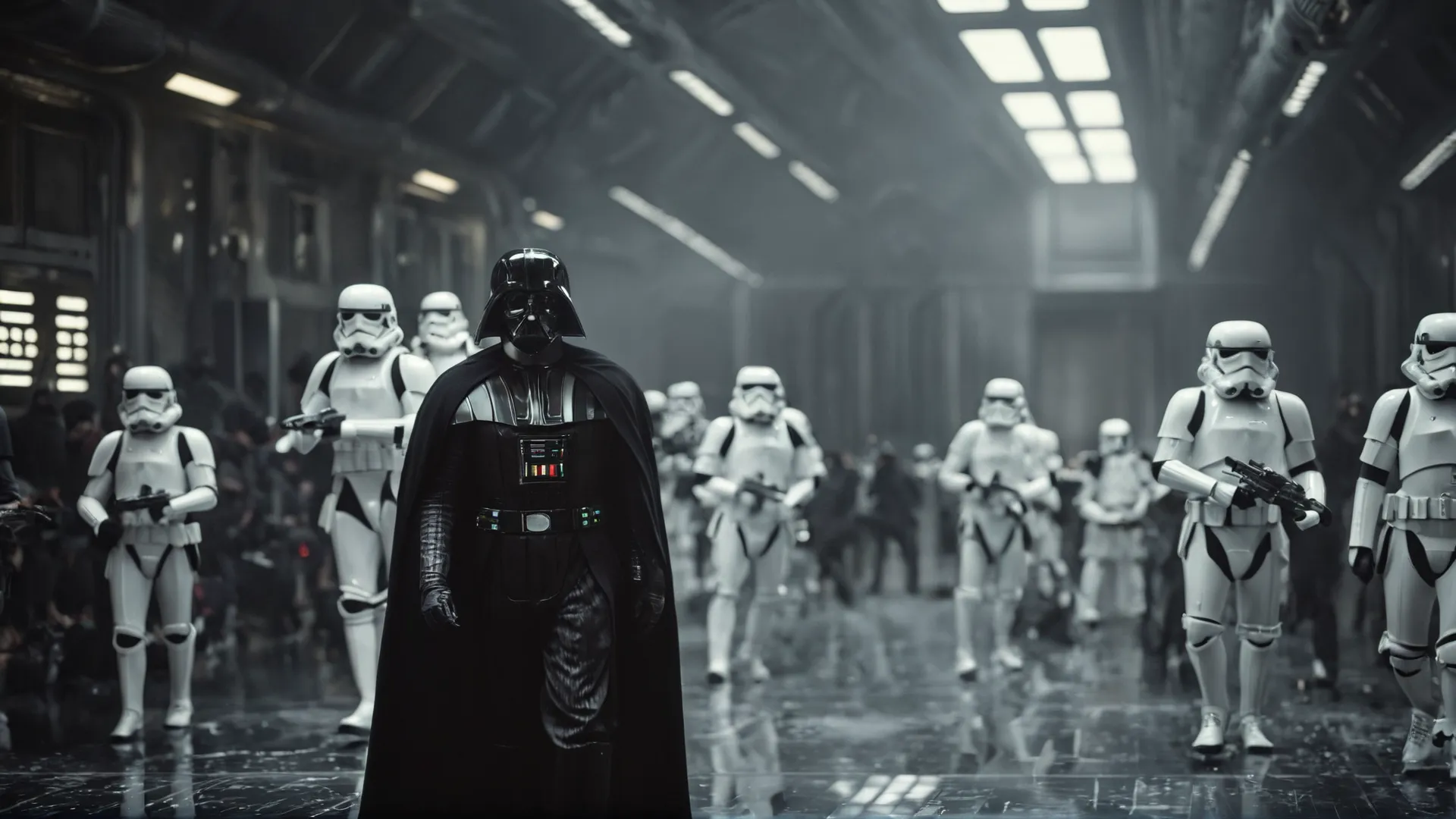
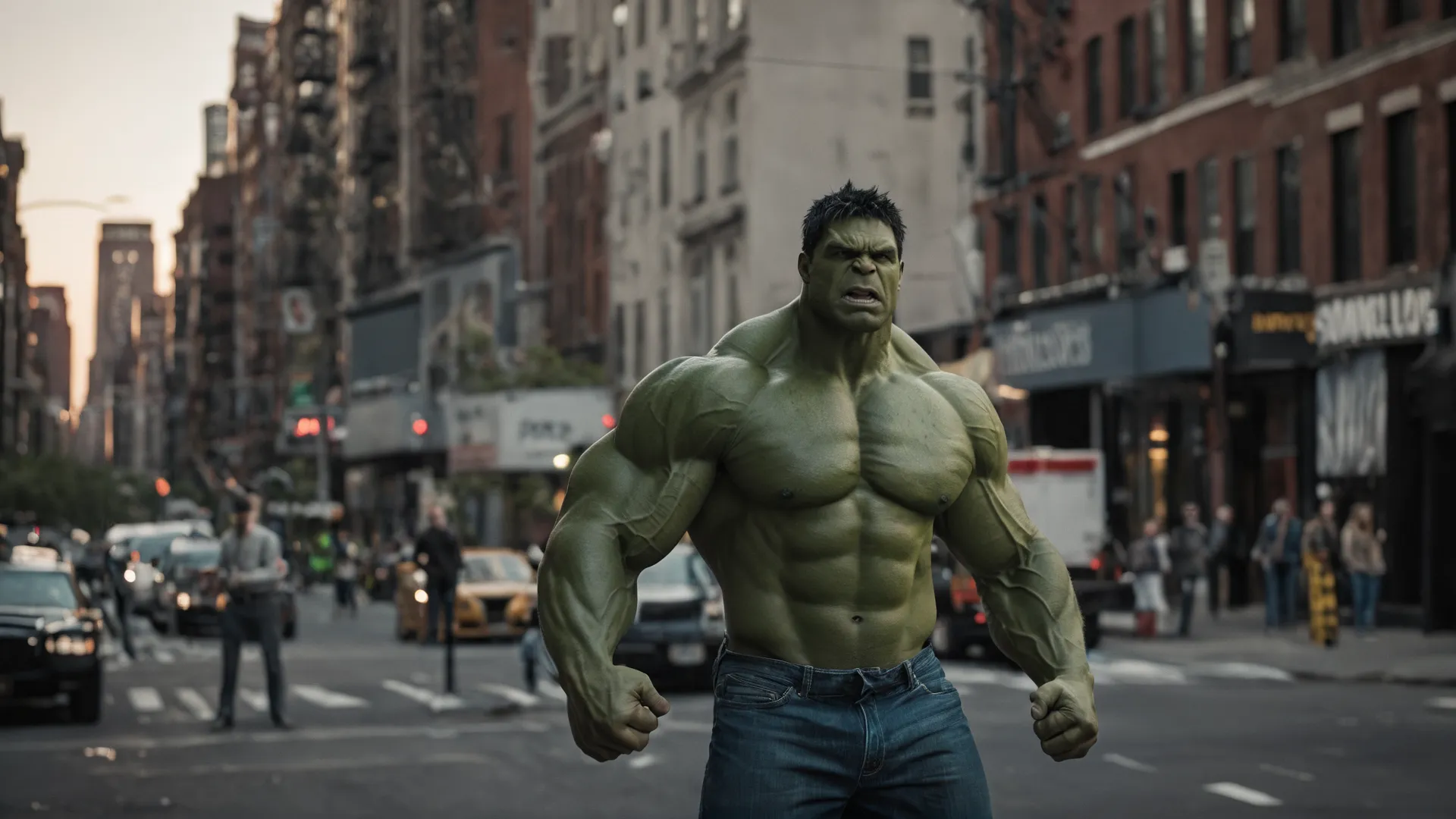
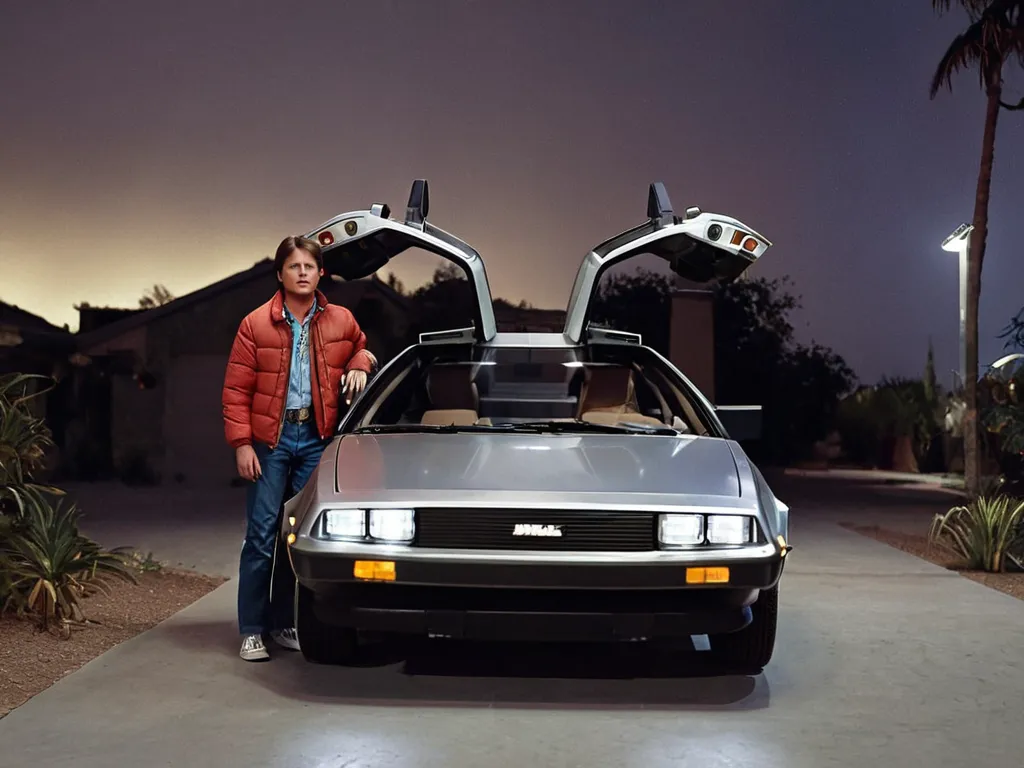
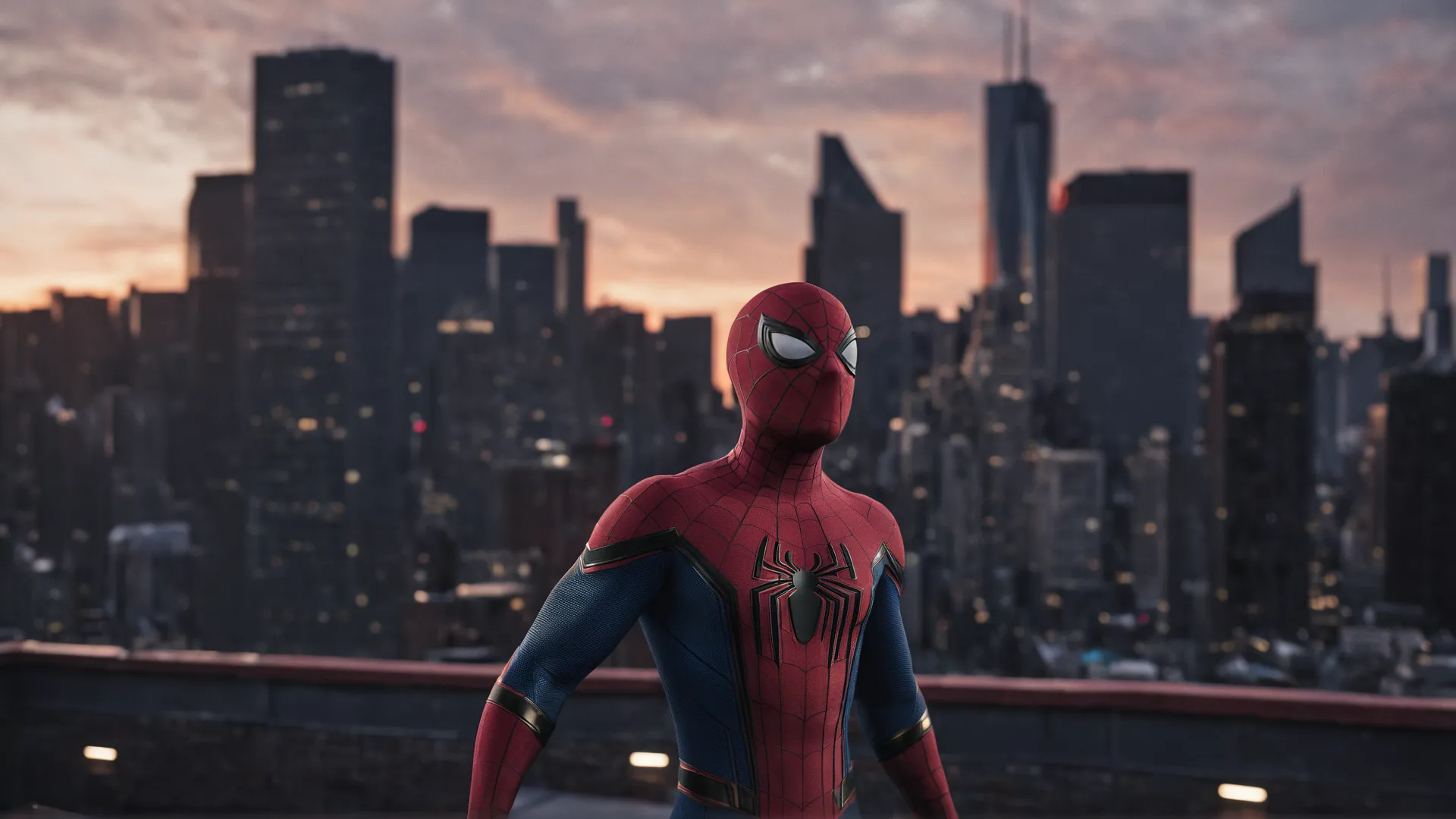
.webp)
.webp)
.webp)
.webp)
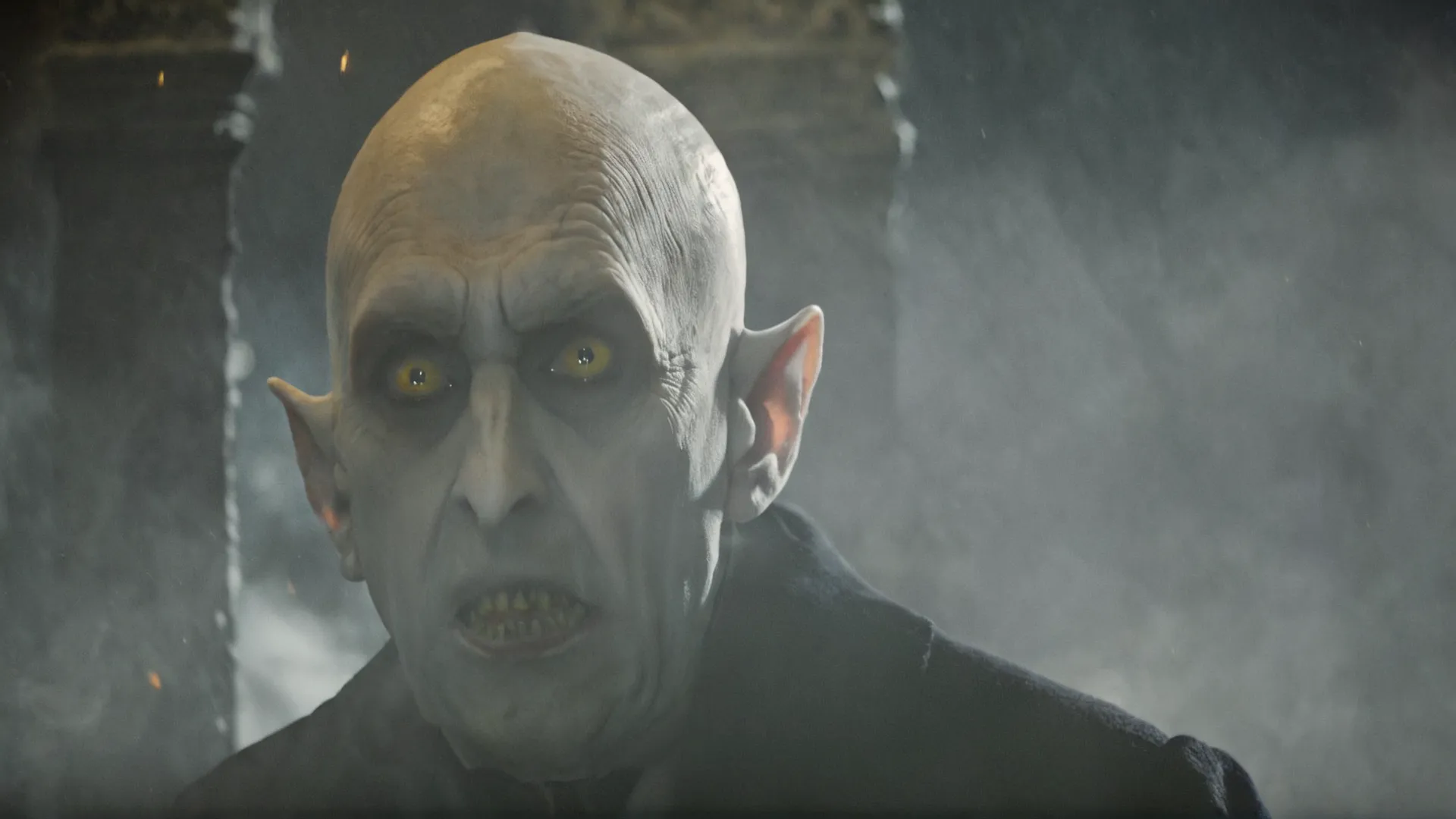
.webp)
.webp)
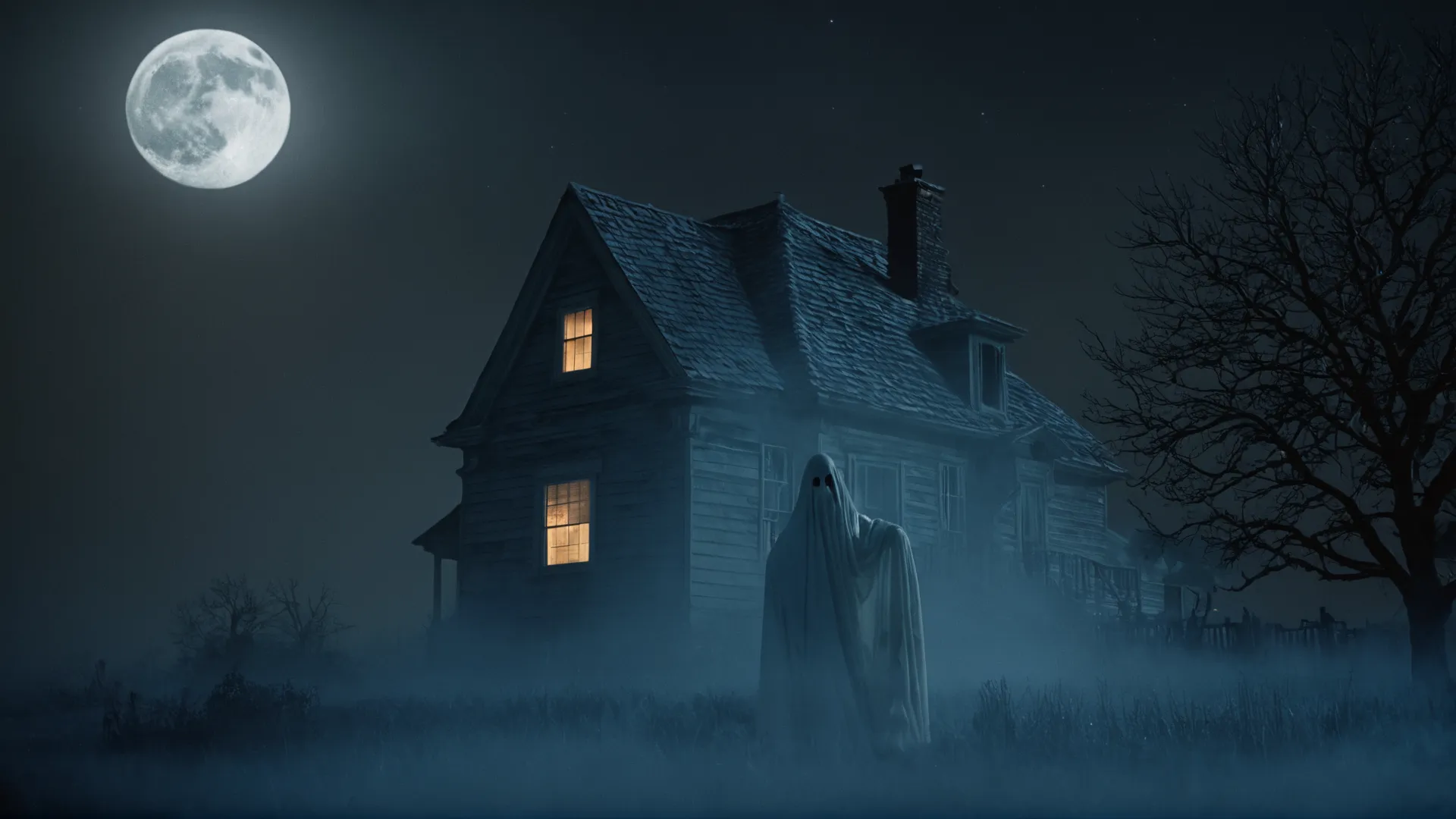
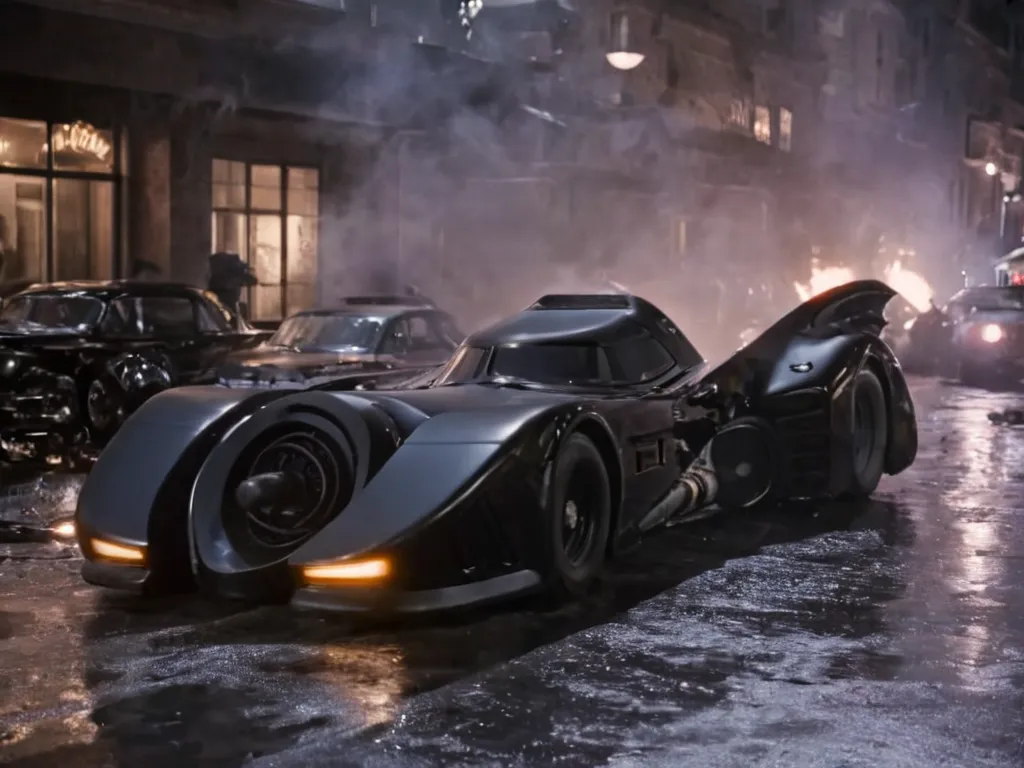
.webp)
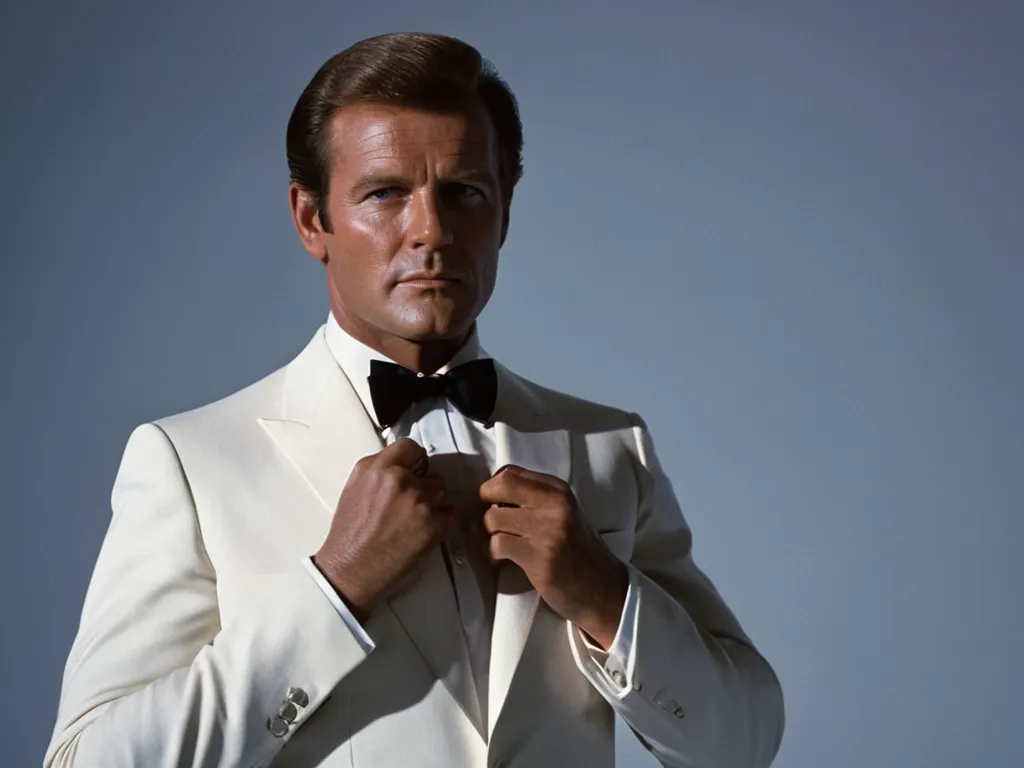
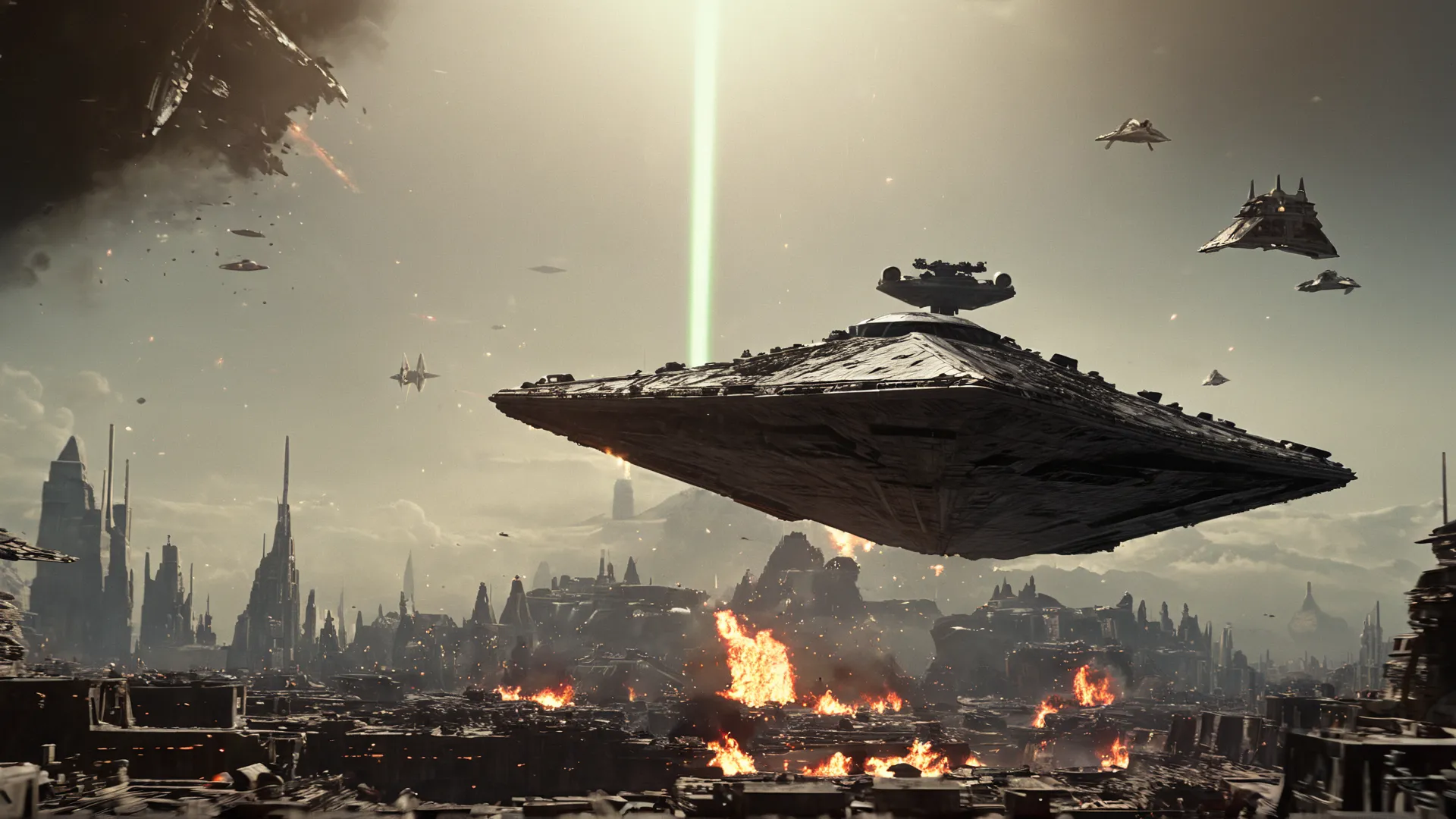
.webp)
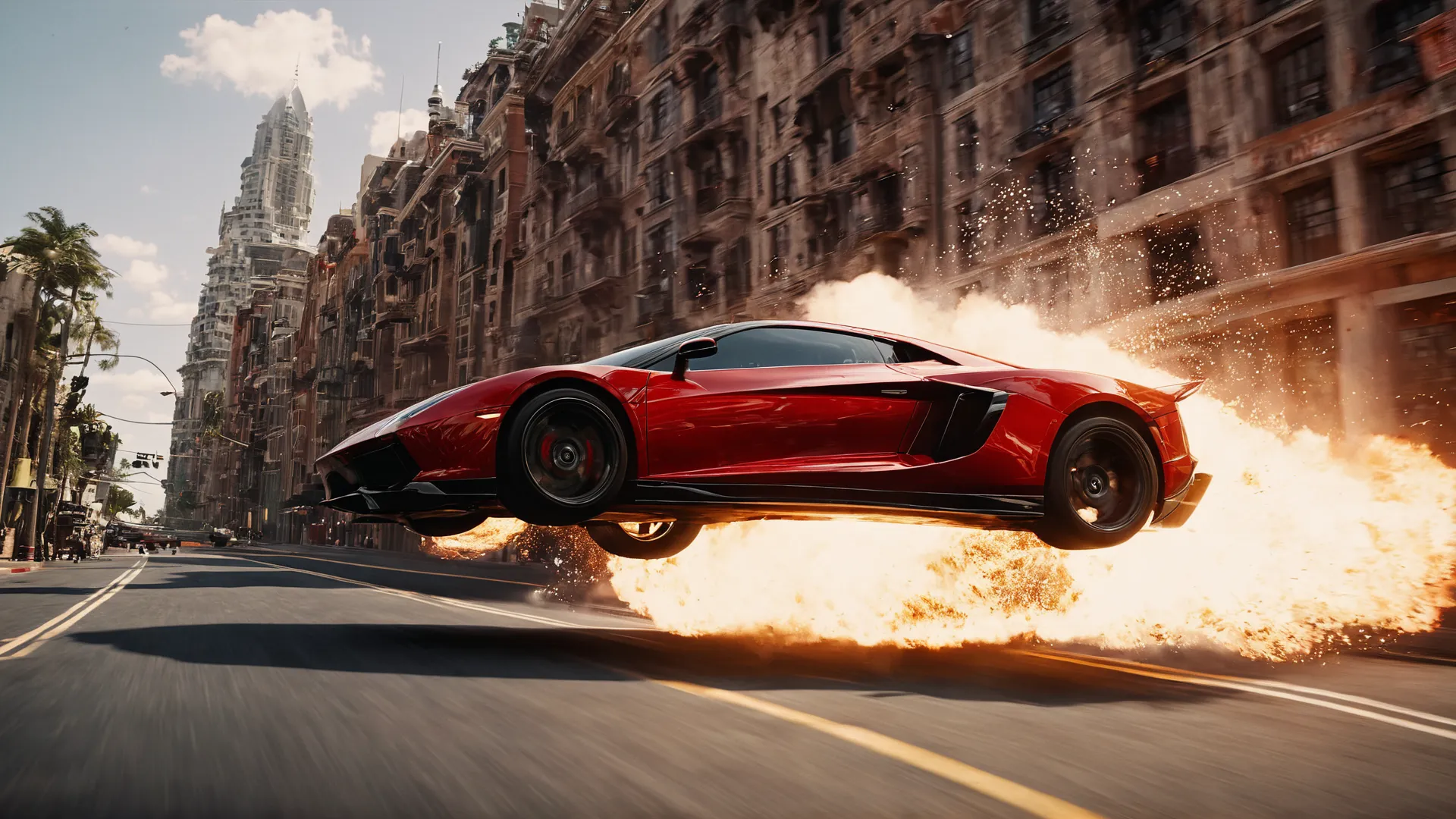
.webp)
.webp)
.webp)
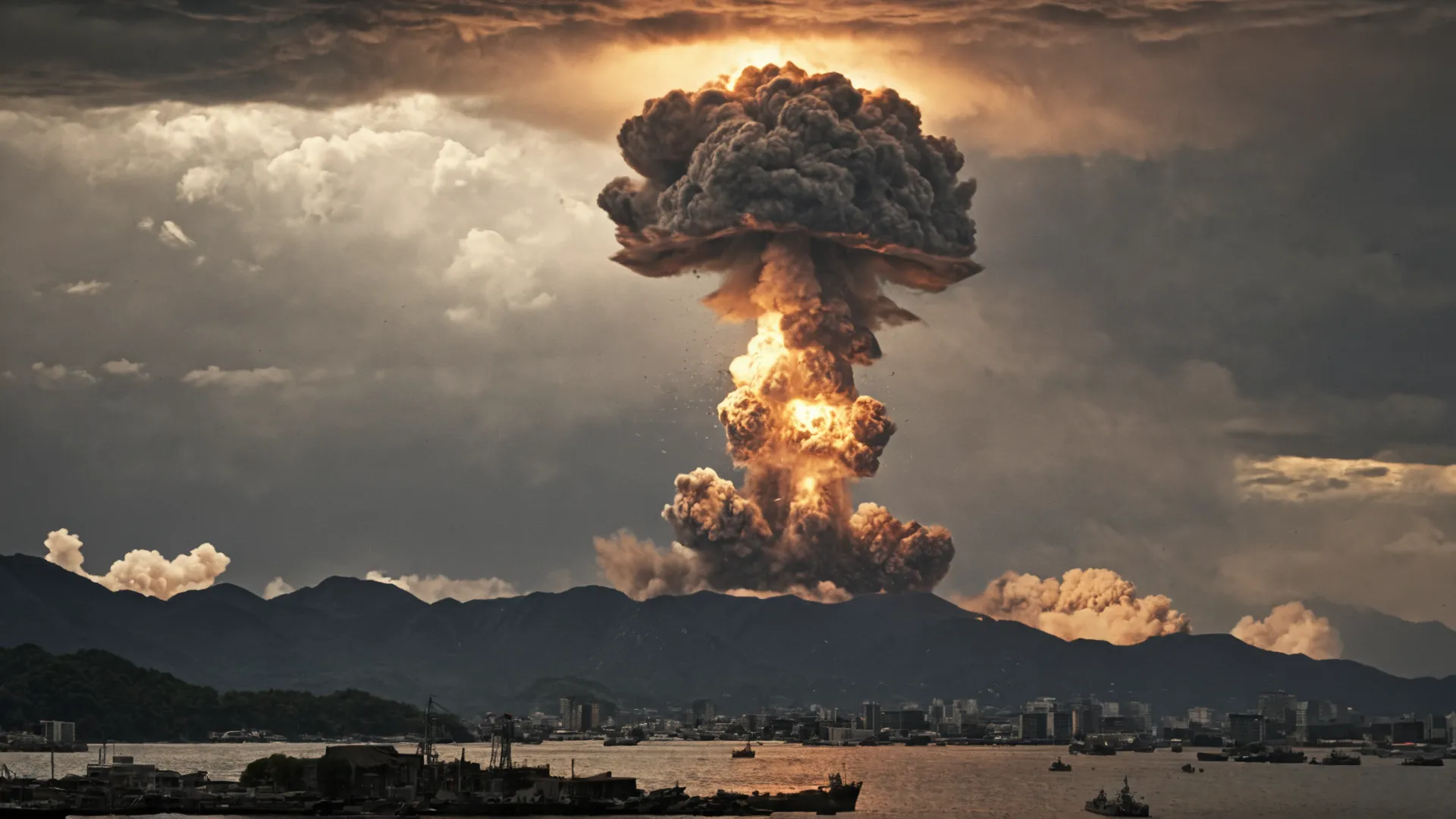
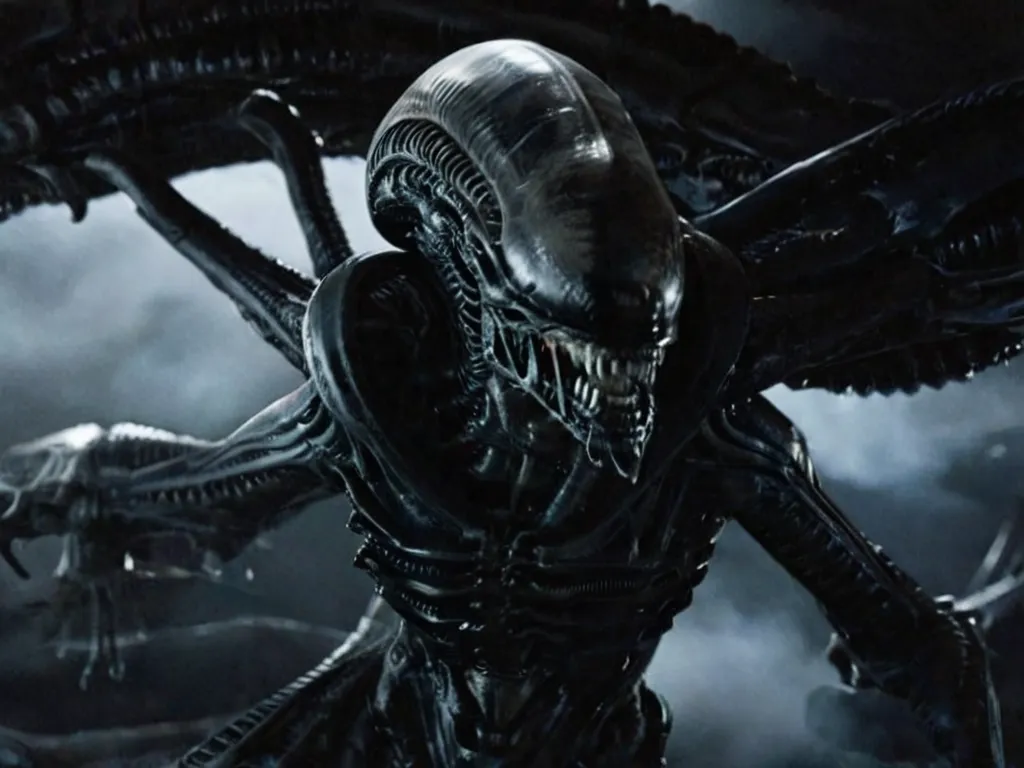
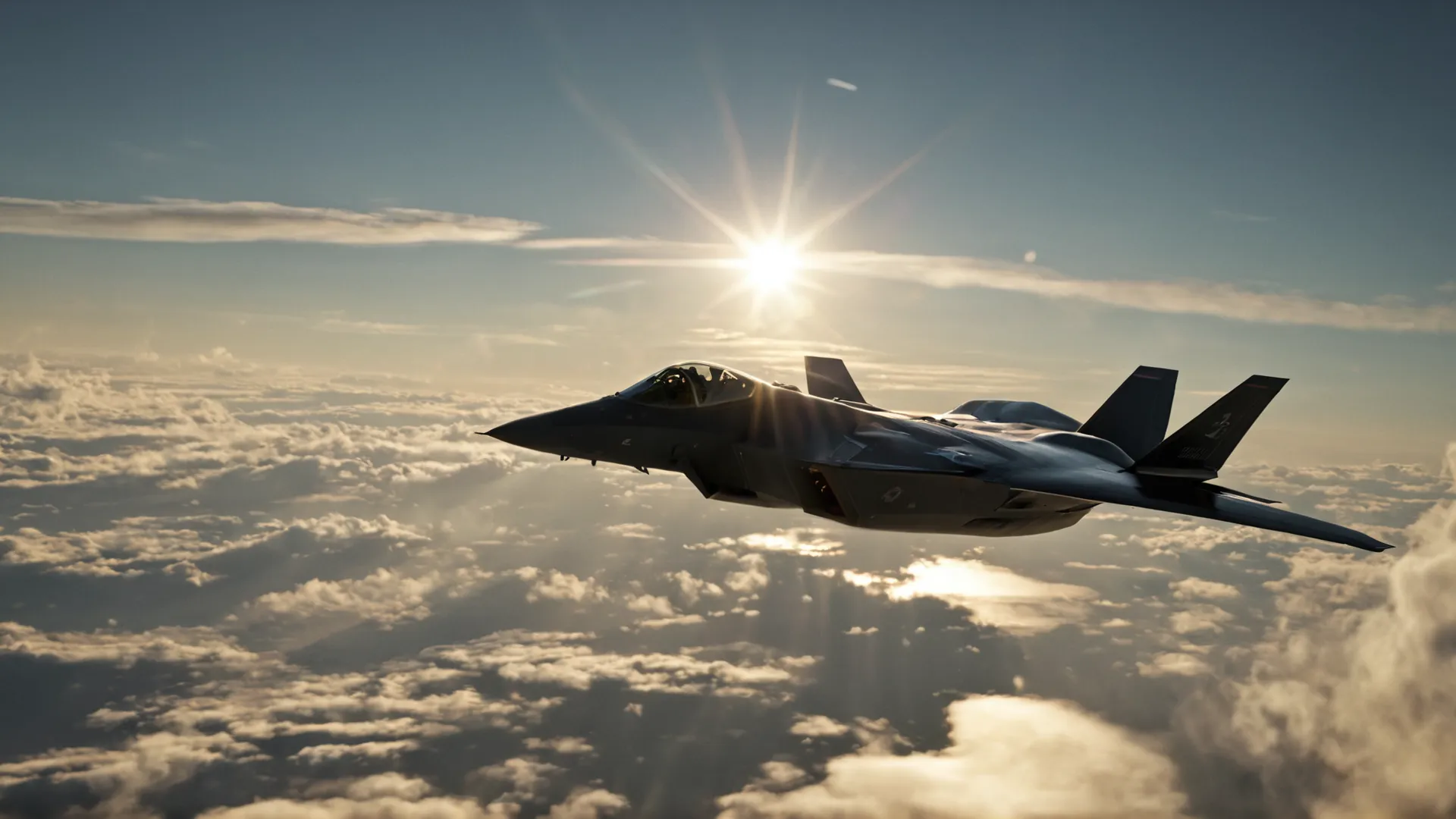
.webp)
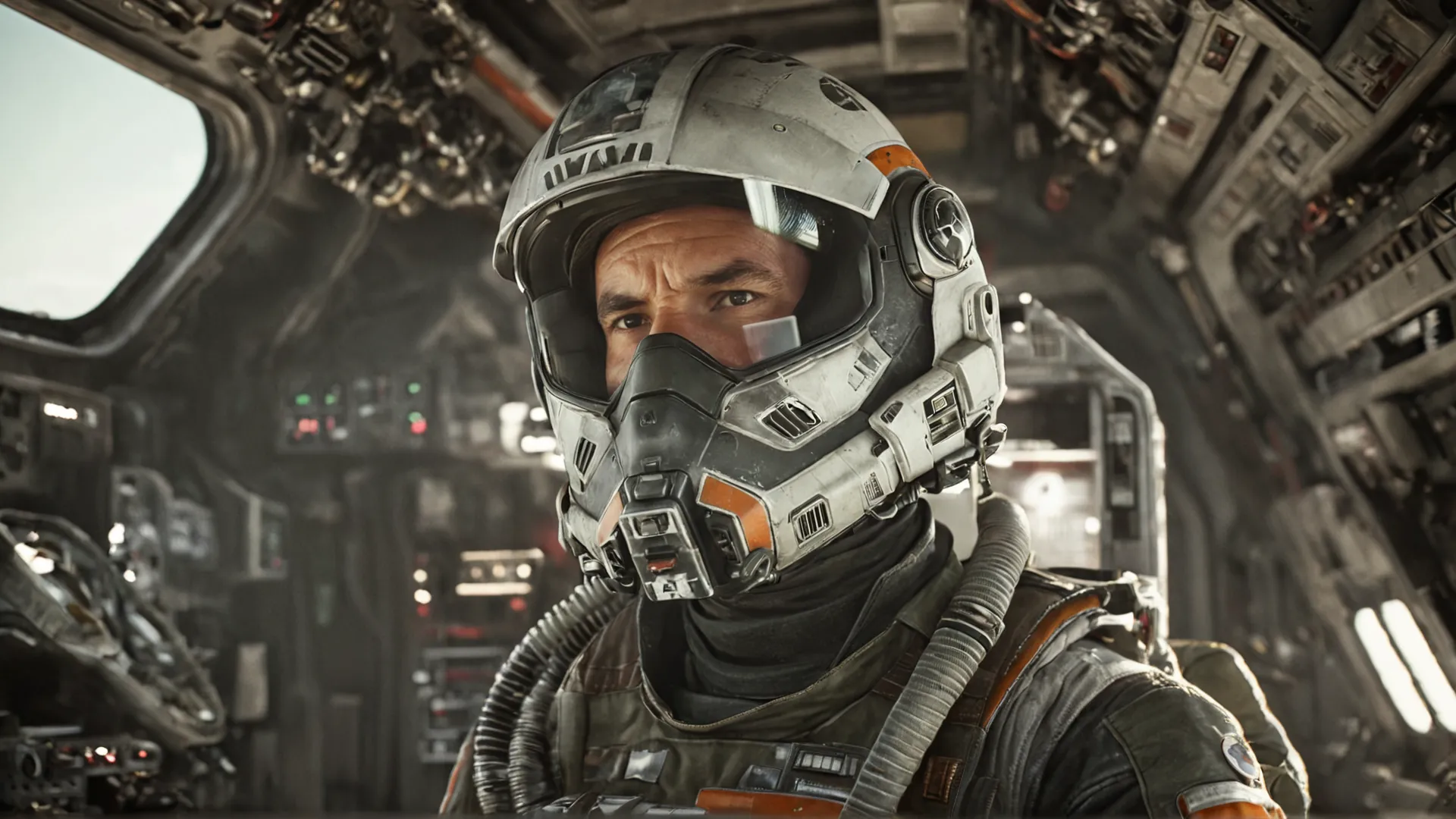
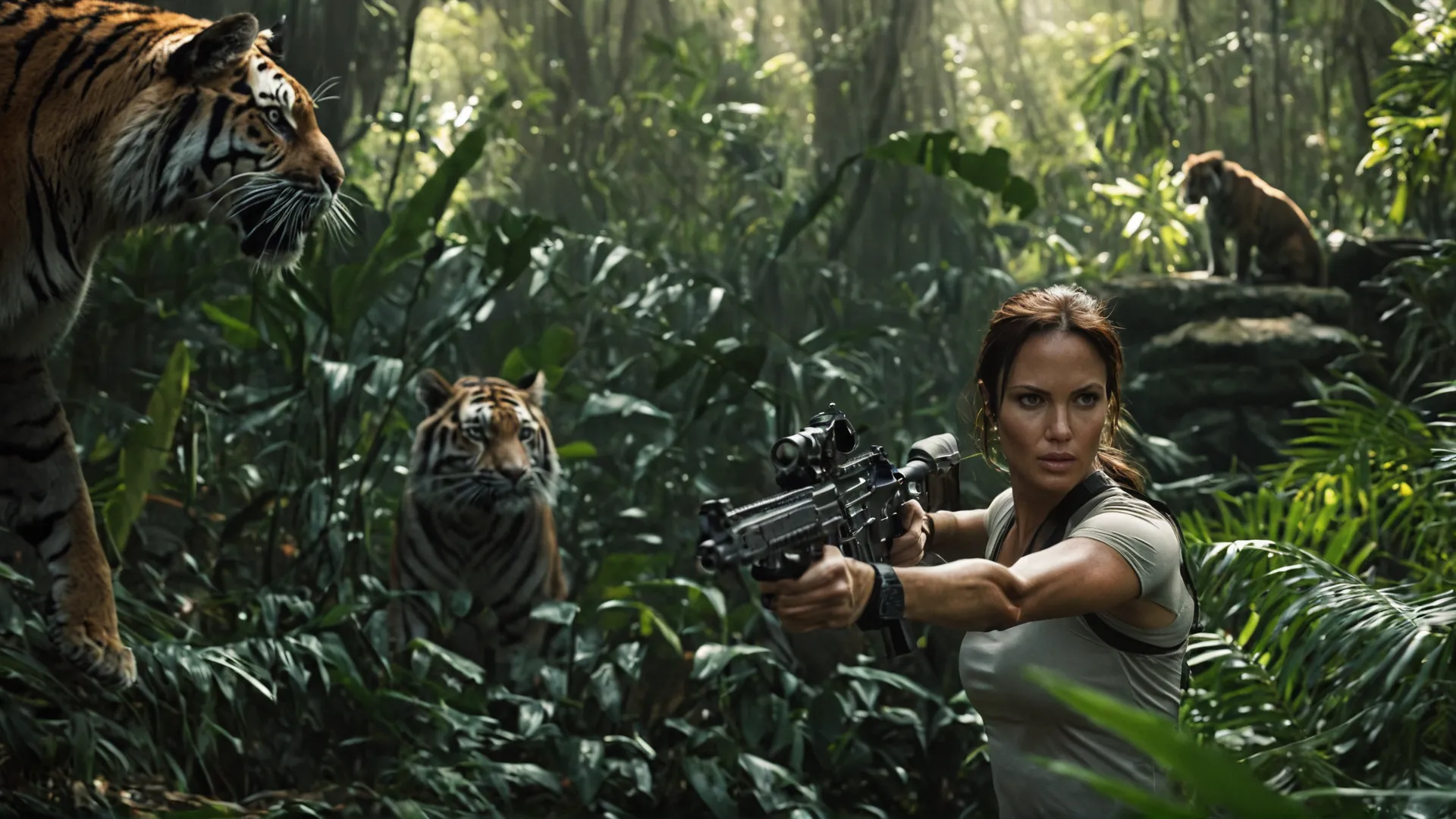
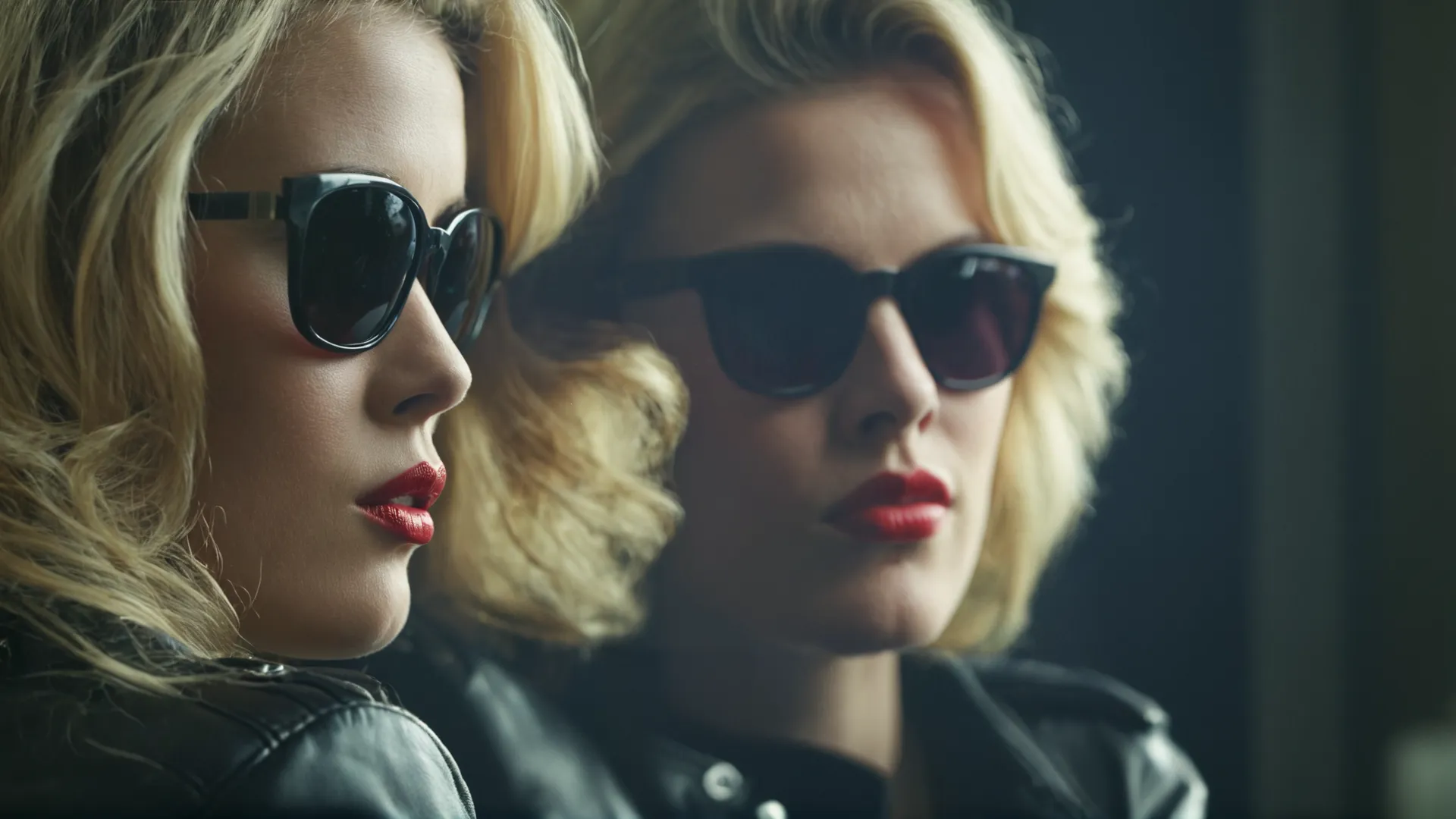
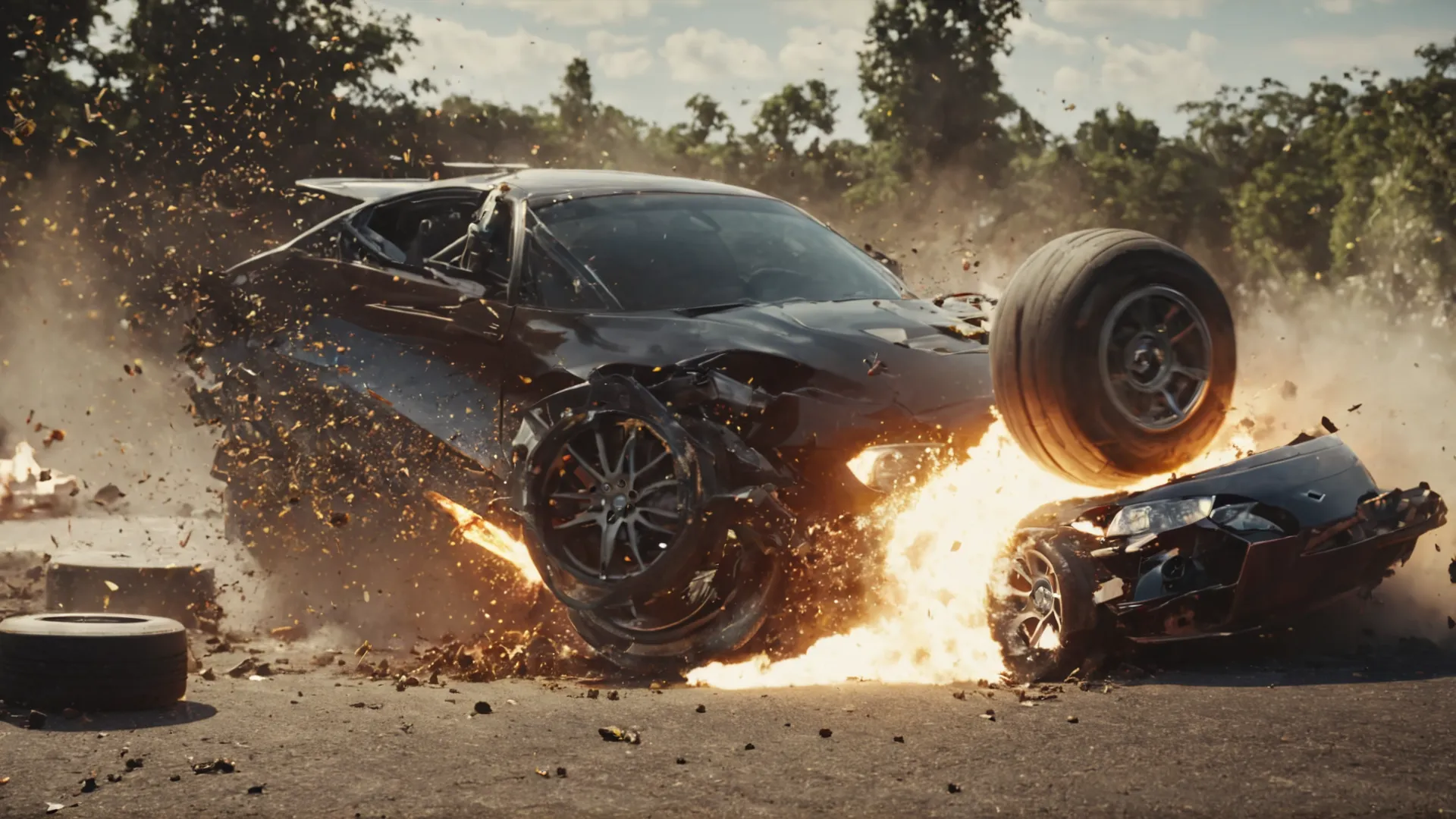
For best outputs and usage:
Sampler: DPM++ 2M Karras.
Steps: around 30, cfg 4 ~ 7, CLIP skip 2.
VAE: none required.
Adetailer may be required for human faces, 0.45 weight.
Pos prompt: not a trigger, but start your pos with "cinematic film still" to help the model understand you want it full cinematic. More cinematic keywords may help as well, like for instance "shallow depth of field, vignette, highly detailed, high budget, bokeh, cinemascope, moody, epic, gorgeous, film grain, grainy". The model also doesn't usually need big weights; in fact, too many big weights may get to mess it. Use them carefully.
Neg: too long to be pasted here, feel free to use my example runs', but always make sure to include the embedding "BeyondBetaSDXLv4" for even more realism (included in all my example runs).
The LoRa's: this model comes with 3 special cinematic oriented LoRa's to enhance the model's cinematic style:
Cinematic_Engine: enhances the cinematic vibe to a very visual pleasing level. Play with it with a weight between 0.1 to 0.6 (not recommended beyond, average 0.3 weight is good).
Cinematic_Photography: enhances the model's native photorealism to a cinematic level. Average weight is 0.3, not recommendable beyond 0.5
Cinematic_Shadows: creates a cinematic lights & shadows play, creating shadows, luminous spots and contrast, with a strong cinematic look. Average is 0.1 for daytime, to 0.6. From 0.6 to 0.9 for strong dim light outputs (very dark nights, candle lights, ect).
Note about the LoRa's: also, the built-in detail LoRa can come handy. Usually a weight between 0.3 ~ 0.6 may give some bit of extra details, specially in complex compositions.
Note about the resolutions: this model stands up to 1920 x 1080, being great to create, for example, wonderful wallpapers. However, this resolution may sometimes create twins / duplicated characters and some rare times, strange deformities on characters / floating limbs, faces, ect. In order two prevent this, you may switch back to the classical 1024 x 768 resolution, or try prompting ("twins" in the neg, "solo" in the pos, for example) / seed changing.
Note about movies knowledge: this model knows most actors / characters, specially if you name actors and movies (for example, "Harrison Ford as Indiana Jones, Indiana Jones movie"), although sometimes the output may be innacurate. To fix this, you can either try with prompting (for example, "innacurate character depiction" in the neg) or try with LoRa's to finally output an accurate depiction.
Checkpoint Merge.
.webp)
.webp)






.webp)
.webp)
.webp)




.webp)
.webp)
.webp)
.webp)

.webp)
.webp)


.webp)


.webp)

.webp)
.webp)
.webp)



.webp)



